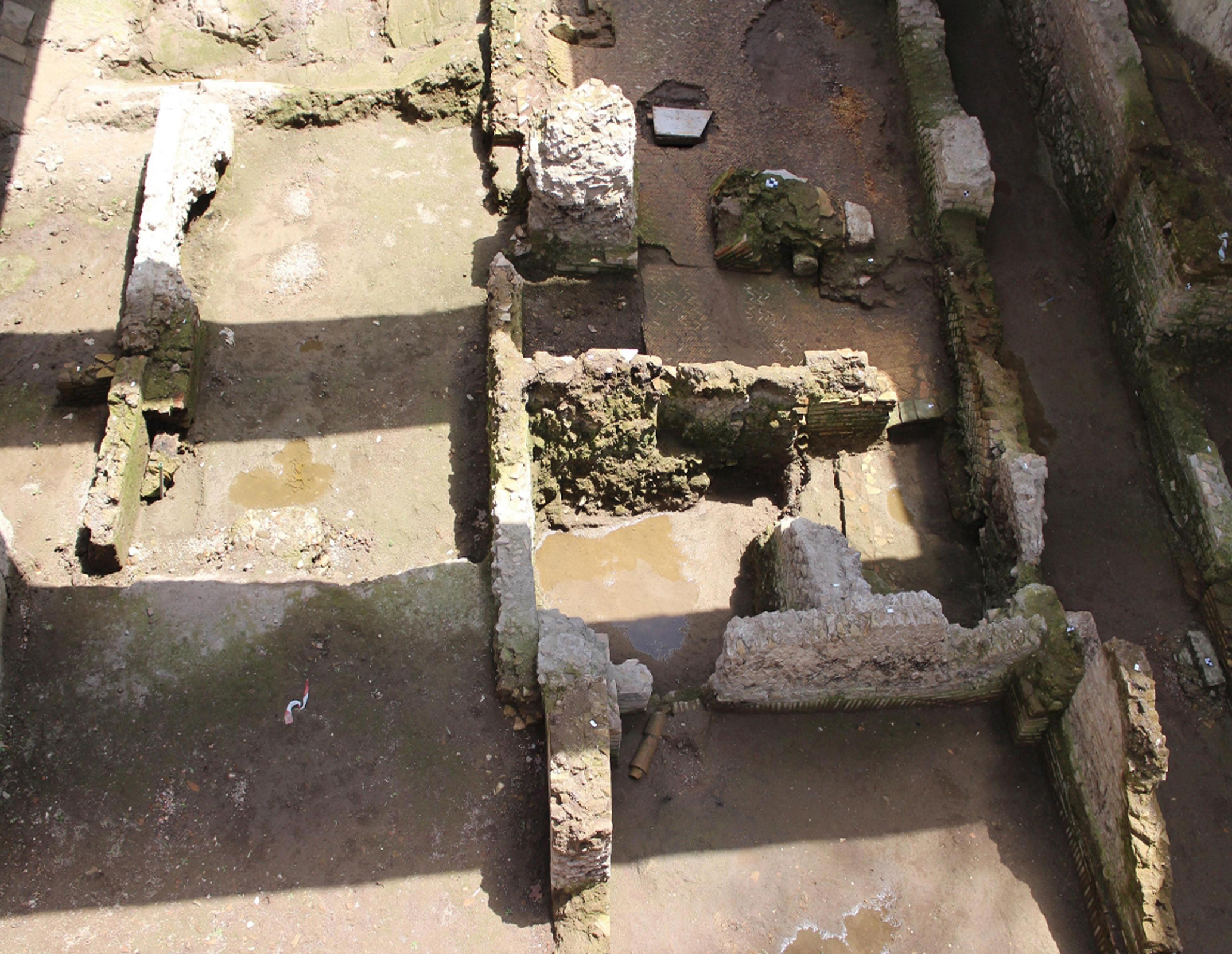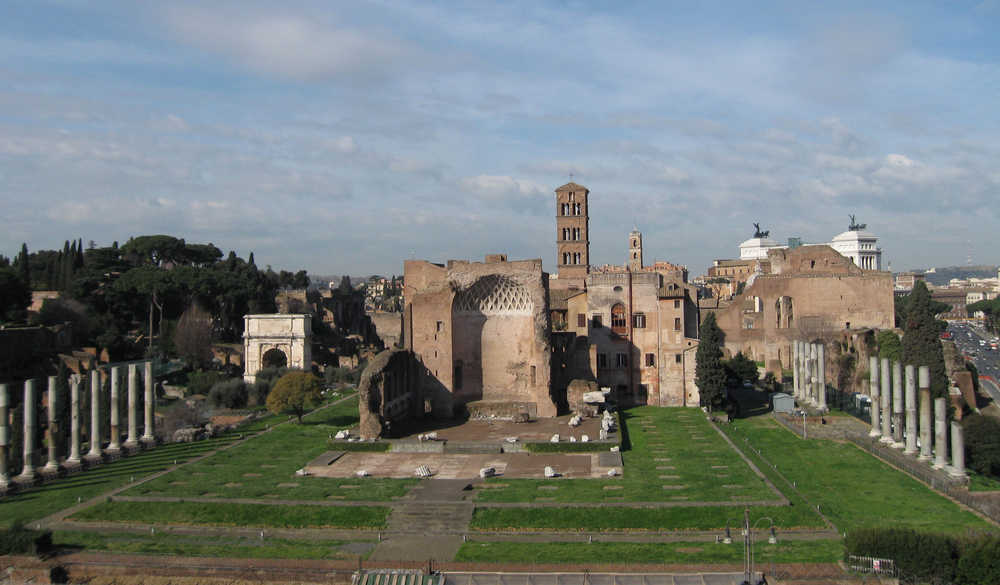The Umberto Improta Garden has been reopened to the public following the return of the area at Largo dell’Amba Aradam, at the intersection of Via dell’Amba Aradam and Via della Ferratella in Laterano, on November 24th.
The design of the green areas was developed in accordance with the guidelines provided by the technicians from the Rome Gardens Office, and a fountain has been reinstalled in the central part of the area after undergoing a restoration process.

The story begins in the square, once Emperor Nero’s pond where the majestic Colossus of the Emperor was reflected. In time, the square was replaced by the Colosseum, and the Colossus was later moved by Hadrian for the construction of his grand Temple of Venus and Roma. The narrative then extends to the entire area, touching on the Meta Sudans and the Arch of Constantine, recounting the changing uses of the Colosseum over the centuries, up to the excavation of Via dell’Impero during the fascist era and the construction of Metro Line B. The journey culminates in modern times, passing through Gregory Peck and Audrey Hepburn’s famous motorcycle ride in the movie “Roman Holiday.”
On the side along Via dei Fori Imperiali, you will find all the useful information for visitors and tourists: the main entrances to the park, the location of ticket offices, the price of the integrated Colosseum-Roman Forum-Palatine ticket. On the opposite side, there is information about the complete range of available tickets (in addition to the integrated ticket, the Arena ticket, the SUPER ticket, and the new Forum Pass, which connects the Roman Forum and Imperial Fora) with detailed information about services, visiting rules, hours, and various types of educational tours.

The timeline concludes with an invitation to collaborate in preserving a millennia-old heritage: “The call for respect of places that have welcomed anyone walking through their history for 2,000 years, written in three languages (Italian, English, and Chinese) like all the texts,” says Alfonsina Russo, Director of the Colosseum Archaeological Park, “is a wish to share our past with our entire audience and the city of Rome, to transmit to future generations the beauty and significance of one of the most iconic places in the Western world.”
The project was promoted by the Colosseum Archaeological Park (Alfonsina Russo, Rossella Rea, Elisa Cella, and Federica Rinaldi), designed by Electa Mondadori, and implemented by Metro C ScpA on behalf of Roma Metropolitane.


